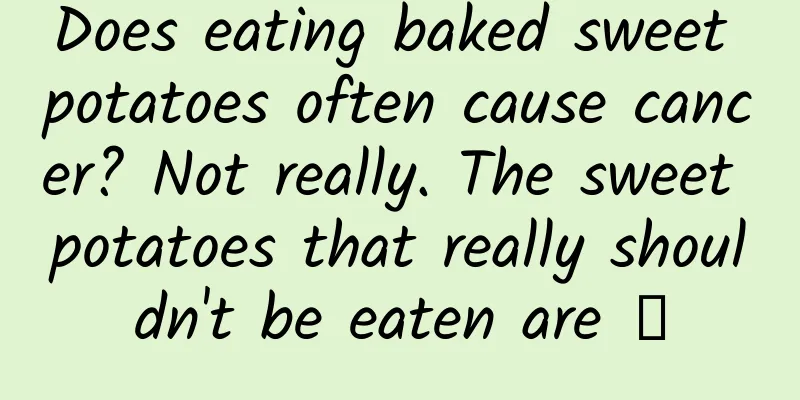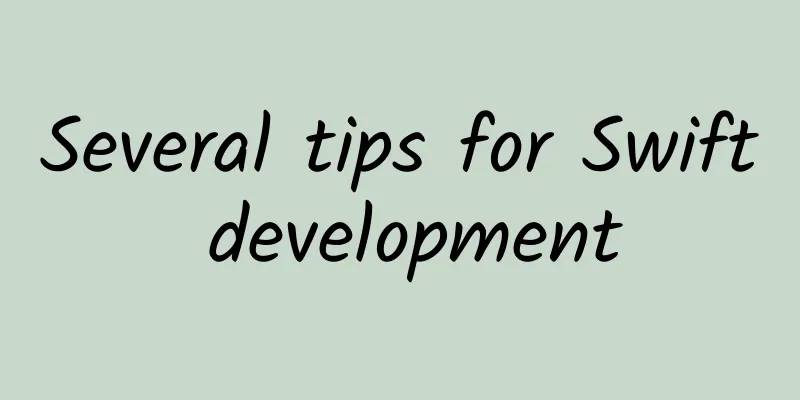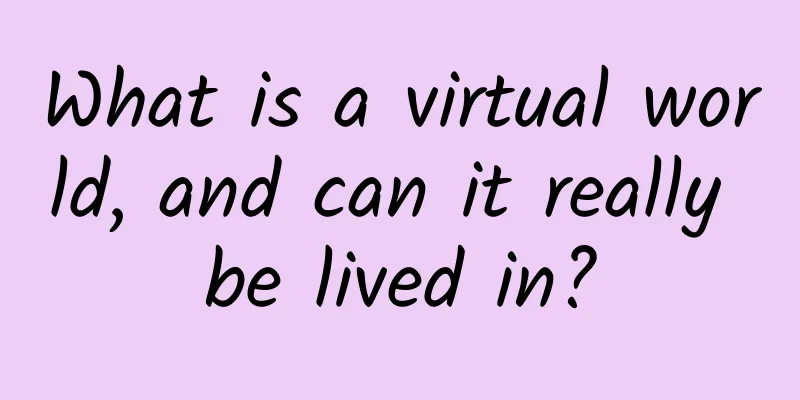Does eating baked sweet potatoes often cause cancer? Not really. The sweet potatoes that really shouldn't be eaten are →

|
Rumor: "Baked sweet potatoes are delicious, but they can cause cancer" There is a rumor on the Internet that "baked sweet potatoes are delicious, but they can cause cancer!" Rumor analysis: Not true. Baked sweet potatoes are considered to be carcinogenic because high-temperature cooking promotes the production of acrylamide, a Class 2A carcinogen. However, there is clear evidence that this substance causes cancer in animals, but limited evidence that it causes cancer in humans. In addition, researchers have tested the acrylamide content of commercially available baked sweet potatoes and found that only the skin of the baked sweet potatoes contains a small amount of acrylamide, while the inside contains almost no acrylamide, so there is no need to worry too much. Now is the season for eating sweet potatoes! Few people don't like the sweet and soft baked sweet potatoes. However, there are different opinions on eating sweet potatoes. There is a rumor that "baked sweet potatoes are delicious, but they can cause cancer!" Is this true? Can eating baked sweet potatoes cause cancer? The reason why baked sweet potatoes are considered carcinogenic is mainly because baking is a high-temperature cooking method, which generally reaches 160-170°C. Microwave baking can reach 160-180°C, electric baking can reach 225-240°C, and charcoal baking can reach up to 350°C. [1] Cooking high-starch foods rich in carbohydrates at a heating temperature above 120°C will promote the formation of acrylamide, which is a carcinogen. In addition, some researchers tested the acrylamide content of commercially available baked sweet potatoes and found that only a small amount of acrylamide was found in the skin of the baked sweet potatoes, while almost no acrylamide was detected in the sweet potato flesh. [2] Therefore, the harm of acrylamide to human health when eating baked sweet potatoes can basically be ruled out, and people don't need to worry too much about this. As for the burnt parts visible to the naked eye, you can completely remove them before eating. Copyrighted stock images, no reproduction is authorized It is important to note that you can eat sweet potatoes baked in an oven, microwave, or air fryer without worry, but avoid eating sweet potatoes baked over coal fires on the street. Studies have shown that the skin, subcutaneous layer, and middle layer of coal-fired sweet potatoes are all seriously contaminated by sulfur and heavy metals such as copper, lead, mercury, and arsenic, with the skin being the most seriously contaminated. [2] How nutritious are sweet potatoes? Sweet potatoes, as a sweet potato food, can replace some staple foods, such as making sweet potato rice, sweet potato porridge, sweet potato steamed buns, baked sweet potatoes, steamed sweet potatoes, etc. How nutritious is it? Rich in dietary fiber: Data from the U.S. Department of Agriculture's nutrient database shows that the total dietary fiber content of sweet potatoes is 3 grams per 100 grams,[4] 1.2 times that of potatoes[5]. Sweet potatoes can increase satiety, prevent constipation, and are beneficial to intestinal health. However, do not eat too much at one time to avoid stomach discomfort or bloating. Rich in beta-carotene: The carotene content of sweet potatoes is quite good among tubers. Compared with potatoes, which are also tubers, the carotene content of sweet potatoes is 125 times that of potatoes. This ingredient can be converted into vitamin A in the body, which is beneficial to the health of our eyes and skin, can prevent dry eyes and night blindness, and can also maintain the skin's resistance and delay skin aging. However, if you eat too much sweet potatoes in a short period of time, it may cause temporary yellowing of the skin. Copyrighted stock images, no reproduction is authorized How to eat sweet potatoes if you have high blood sugar? Sweet potatoes are sweet and have a high sugar content. If you only eat sweet potatoes, your blood sugar level will be high after a meal, which is not conducive to blood sugar control. The GI value is an effective indicator to measure the blood sugar response caused by food after a meal. If it exceeds 70, it is a high GI food, which means that patients with high blood sugar should eat it in moderation. The GI of boiled sweet potatoes is 77,[6] while roasting them with the skin on over preheated charcoal for 45 minutes has a GI of 81, and baking them with the skin on at 175°C for 45 minutes has a GI of 83.[7] Although there are slight differences between different varieties, almost all are high GI foods. Therefore, people who need to control blood sugar should not eat sweet potatoes alone, and it is best not to eat baked sweet potatoes, and they should not eat too much sweet potatoes. If you really like to eat sweet potatoes, choose boiled sweet potatoes. You must control the amount, replace part of the rice with sweet potatoes, and eat them with vegetables and protein foods, such as half a fist of chicken and 2 fists of vegetables (100 grams of raw green leafy vegetables is about 1 fist after cooking). Diversified food is conducive to stabilizing blood sugar after meals. Are sweet potato sprouts poisonous? If you buy too many sweet potatoes at home and store them for a long time, they will sprout. Many people think that sprouted sweet potatoes are poisonous and cannot be eaten, so they throw them away. This is a waste. In fact, sprouted sweet potatoes can be eaten as long as they are not moldy or spoiled. You can also find a nice flower pot to plant them. Not only can you harvest a beautiful potted plant, but the leaves of the sweet potatoes can also be used for cooking, which is the best of both worlds. Photo provided by the author Sweet potato leaves are very nutritious. They contain nearly twice as much dietary fiber as sweet potatoes,[8] 10 times as much calcium, 1.3 times as much potassium, and 3.4 times as much magnesium. They also contain 36 times as much vitamin B2.[4] Sweet potato leaves are great for making a cold salad or stir-frying them with pork shreds. What are the sweet potatoes that really cannot be eaten? Sweet potatoes can be eaten after they sprout, but not if they are moldy. Moldy sweet potatoes produce the toxin saccharone[9], which can cause liver necrosis in mice and other animals. This toxin is stable, resistant to high temperatures, and is not easily destroyed. Normal cooking methods such as boiling, steaming, and baking cannot decompose it. If you see that the skin of a sweet potato is black or brown with black spots, don't eat it for safety reasons. How to store sweet potatoes? Many families in the north have the habit of storing sweet potatoes, and they buy a large box at a time. How can so many sweet potatoes be stored so that they will not spoil? It is best not to put the purchased sweet potatoes in the refrigerator. If the temperature is too low, they will suffer from cold damage, causing the inside of the sweet potatoes to turn brown or have black spots; do not place them in an environment that is too hot. If the ambient temperature is too high, the sweet potatoes will sprout prematurely or have hollow cores. It is recommended to store them at 10~15℃ and place them in a cool and dry place on the balcony. [10] Looking in the mirror of rumors The reason why many people mistakenly believe the rumor that "eating baked sweet potatoes causes cancer" is mainly because they are not clear about the classification of carcinogens. Today we will learn about it~ According to the classification of the World Health Organization's International Agency for Research on Cancer (IARC), carcinogens are mainly divided into the following categories: Class 1 carcinogens: This refers to substances or mixtures that are clearly carcinogenic to humans. There is sufficient evidence to prove that they are carcinogenic to humans, and they also show important carcinogenic characteristics and sufficient evidence of carcinogenicity in experimental animals. For example, aflatoxin, arsenic, asbestos, etc. Class 2A carcinogens: This refers to substances or mixtures that are likely to be carcinogenic to humans. Sufficient evidence of carcinogenicity was found in animal experiments, but there is limited evidence of carcinogenicity to humans. For example, acrylamide, red meat (pork, beef, mutton), etc. Class 2B carcinogens: This refers to substances or mixtures that may be carcinogenic to humans. This type of substance or mixture has limited evidence of carcinogenicity in humans, sufficient evidence of carcinogenicity in animal experiments, or strong evidence that it has key carcinogenic characteristics. Class 3 carcinogens: This refers to substances or mixtures whose carcinogenicity to humans cannot be classified. When there is insufficient evidence of carcinogenicity in both animal experiments and humans, they are usually placed in this category. Class 4 carcinogens: This refers to substances or mixtures that are likely not carcinogenic to humans. There is currently only one substance in this category. References [1] Yang Yuexin, Ge Keyou. Chinese Nutrition Science Encyclopedia 2nd Edition (Volume 1)[M]. People's Medical Publishing House, 2019 [2] Zhang Shasha, Gao Guitian, Sun Xiangyu, et al. Study on the determination of acrylamide in baked sweet potatoes by HPLC[J]. Agricultural Products Processing (Journal), 2012(09):115-117+120. [3] Lu Haibo, Zhang Ling, Yin Lifang, et al. Contamination analysis and safety evaluation of baked sweet potatoes[J]. Food Science, 2011, 32(01): 229-231. [4]https://fdc.nal.usda.gov/fdc-app.html#/food-details/168482/nutrients [5]https://fdc.nal.usda.gov/fdc-app.html#/food-details/170032/nutrients [6] Yang Yuexin. Chinese Food Composition Table 6th Edition Volume 1[M]. Peking University Medical Press, 2018 [7]https://glycemicindex.com/gi-search/?food_name=sweet+potato&product_category=&country=&gi=&gi_filter=&serving_size_(g)=&serving_size_(g)_filter=&carbs_per_serve_(g)=&carbs_per_serve_(g)_filter=&gl=&gl_filter= [8]https://fdc.nal.usda.gov/fdc-app.html#/food-details/169303/nutrients [9] Shen Yanfei. Effects of storage factors on the accumulation of sweet potato ketone in postharvest sweet potatoes[D]. 2018. [10] Jiao Bo. Sweet potato preservation and storage technology[J]. Agricultural Engineering Technology, 2022, 42(17): 95-96 Author: Xue Qingxin, registered nutritionist Review|Chen Ran Associate Research Librarian and Senior Engineer, COFCO Nutrition and Health Research Institute |
>>: 179 people died in the Korean passenger plane accident! How deadly is the "bird strike"?
Recommend
Are all polar bears left-handed? The shocking truth you don't know
"Polar bears are left-handed" - this is...
Nine tips to stand out in the App Store rankings
There are more than 700,000 apps in Apple's Ap...
Internet car manufacturing has entered the stage of factory construction and mass production. The wolf is really coming.
The wave of LeEco's car manufacturing has not...
Dream Sky Cabin, always ready!
According to the China Manned Space Engineering O...
The counterfeiter is back! Japanese car manufacturers are showing their craftsmanship again, but will they be completely wiped out this time?
Do you remember the various "immortals"...
NVIDIA's new graphics card GTX 900 series has become an "antique" and has been abandoned
Although there is no factual evidence to support ...
Every sip is fatal! Drinking this kind of beverage frequently can easily lead to cardiovascular disease and liver cancer
What can bring happiness to people quickly? Vario...
Lingdong Zhixing was invited to attend the 2018 AutoNavi Summit and signed a strategic cooperation agreement with AutoNavi on the EasyTravel platform
July 26 news: Pinzhi travel service operator Ling...
If social networking sites don't focus on video, they will be doomed sooner or later
How has Zha Ge learned the values of socialism ...
The woman kept coughing and coughing up blood. The culprit was this... You may also have it at home
Reporter recently According to the Third Affiliat...
Mobile phone market shows signs of fatigue; global mobile phone brands reduced to four or five
The sub-zero temperatures in Beijing have added a...
6 steps to write good soft articles, and you can promote well with little investment
Hello everyone, today I am here to share with you...
Dark matter vs. modified gravity theory, has the ultimate showdown begun?
Dark matter has always been a frontier topic in p...
Quantitative Learning Cloud Lecture Hall Tuo Zi Han Strong Market Time-sharing Volume Price Core Aggregate Auction Time-sharing
Quantitative Learning Cloud Lecture Hall - Tuo Zi ...









